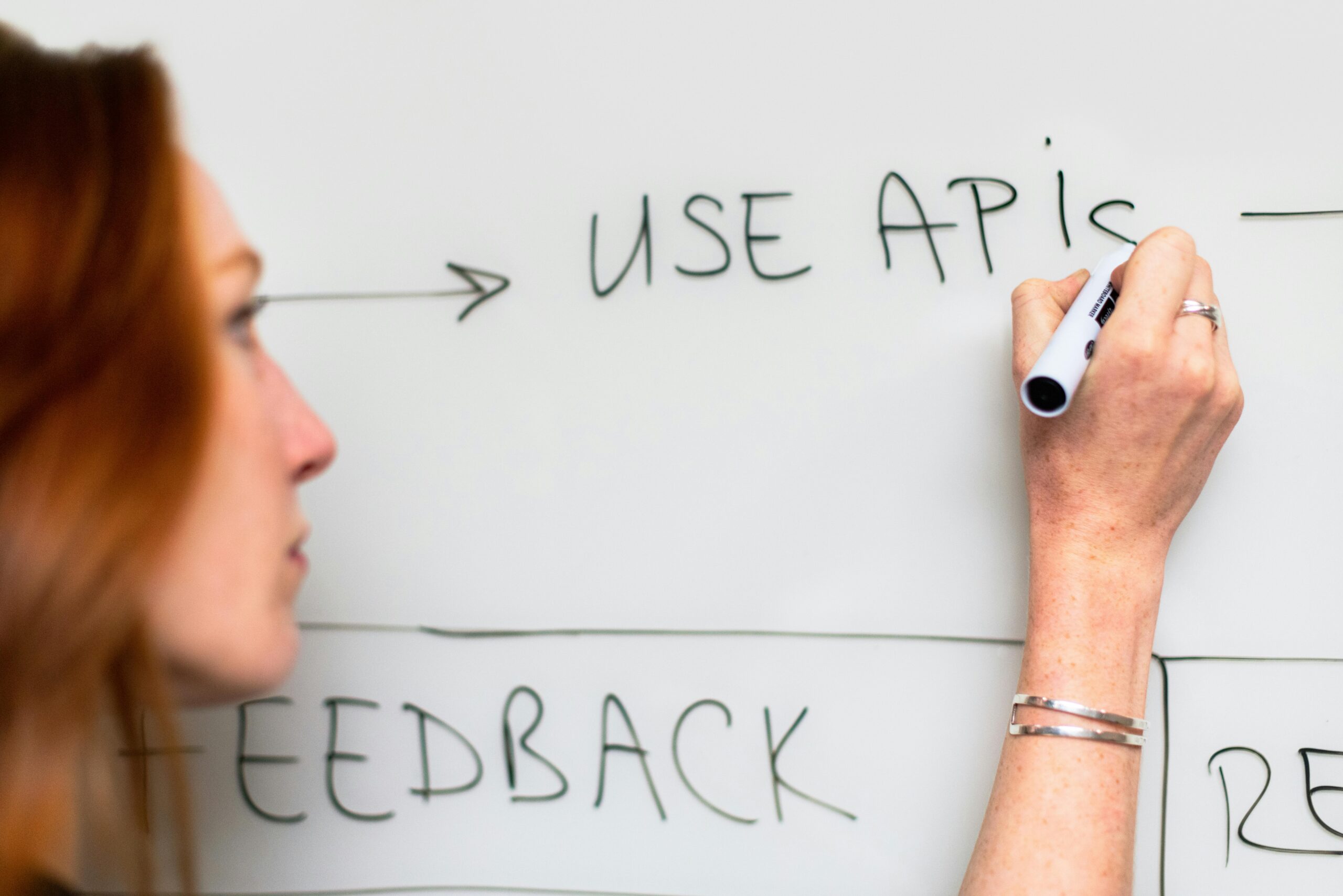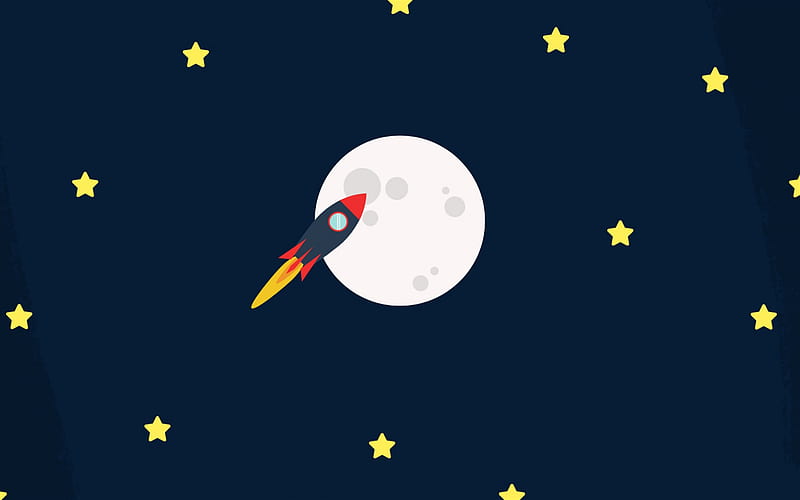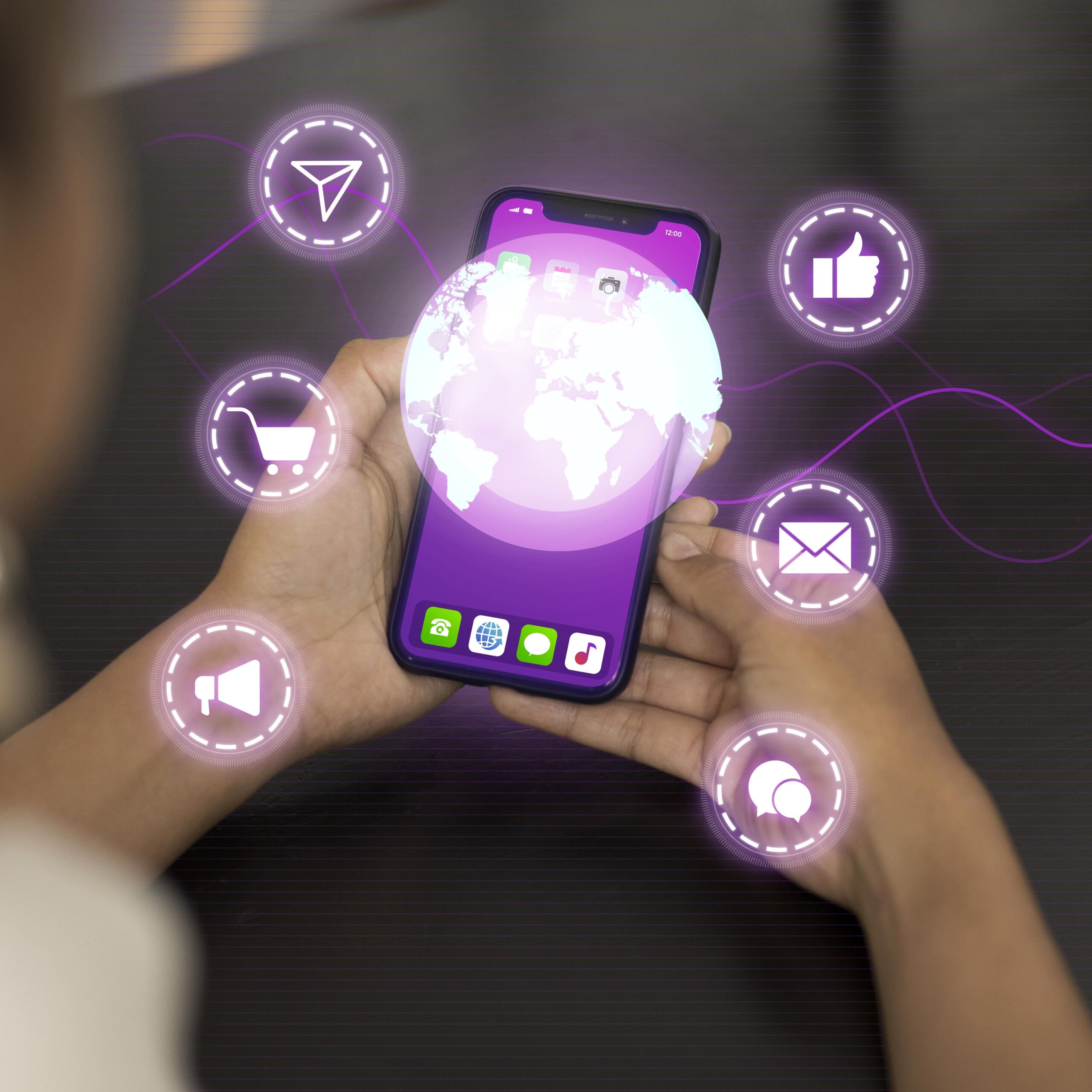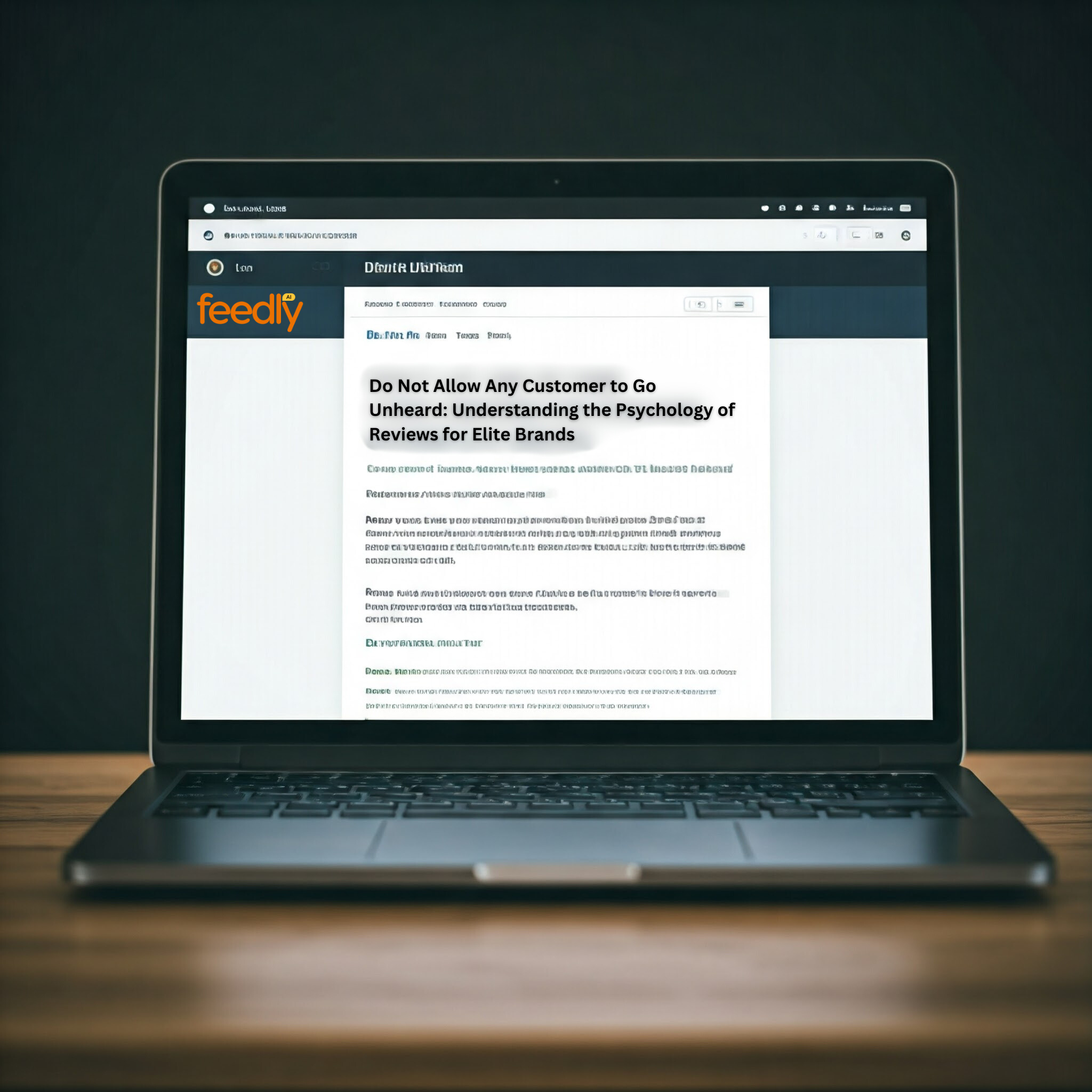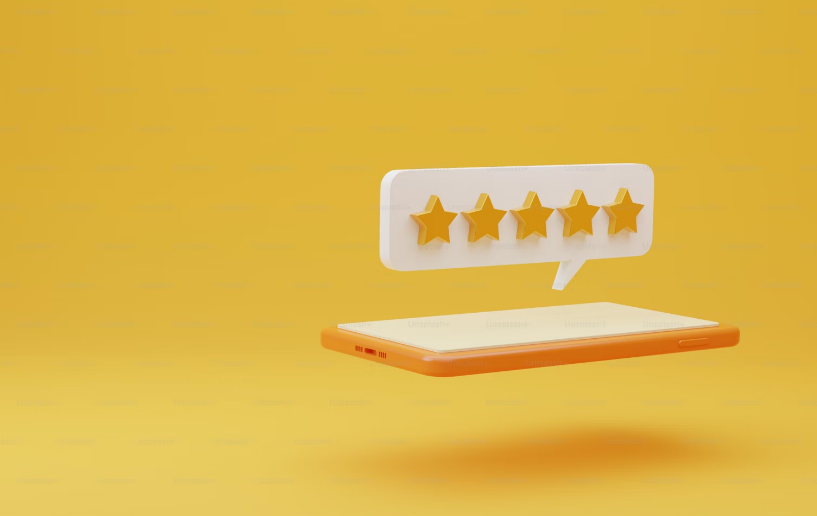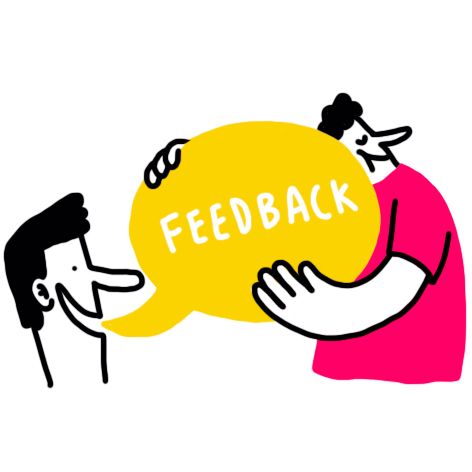1. Top of the Funnel (Awareness Stage) – “Introducing Your Product(s)”
At this stage, people don’t know about your product yet. You want to get their attention by explaining what your product does and why it’s useful.
Content✍️

- Blog posts, videos, social media posts, infographics.
- Goal: Assist them in recognizing their issue and how your software could potentially address it, without offering “bogus” solutions.
Example: If your software helps manage time better, you could write a blog post like “5 Ways to Save 2 Hours Every Day Using Smart Tools.”
2. Middle of the Funnel (Consideration Stage) – “Helping Them Compare”
Now that people know your software exists, they’ll want to learn more and compare it with others. They are thinking, “Should I buy this?”

- Content: Case studies, comparison guides, demos, webinars.
- Goal: Show how your software is different and better than others.
Example: Create a comparison chart showing how your software saves more time than other tools, or share a success story of how a company used your tool and got results.
3. Bottom of the Funnel (Decision Stage) – “Sealing the Deal”
At this point, they are close to deciding if they want to buy your software. Your job is to make it easier for them to say “yes.”
- Content: Free trials, discounts, customer testimonials, detailed product guides.
- Goal: Give them reasons to trust you and take action.
Example: Offer a free trial of your software for 14 days, or show how easy it is to set up and start using it.
4. Retention Stage – “Keeping Customers Happy”
Once someone buys your software, your work isn’t done! You want to keep them happy so they continue using it and tell others.
- Content: Help articles, customer support, tips for advanced features, newsletters.
- Goal: Make sure they know how to use your software and see more value over time.
Example: Send a monthly email with tips on using your software’s new features or provide quick video tutorials on how to get more out of the tool.
Focusing on Acquisition and Retention:
- Acquisition means getting new customers, and that’s important, but keeping your current customers (retention) is just as important. Why? Because happy customers will stay longer and might even recommend your software to others.
So, think of it like this: you need content to get people interested in your software, help them choose it, and then keep them happy once they’ve bought it.
